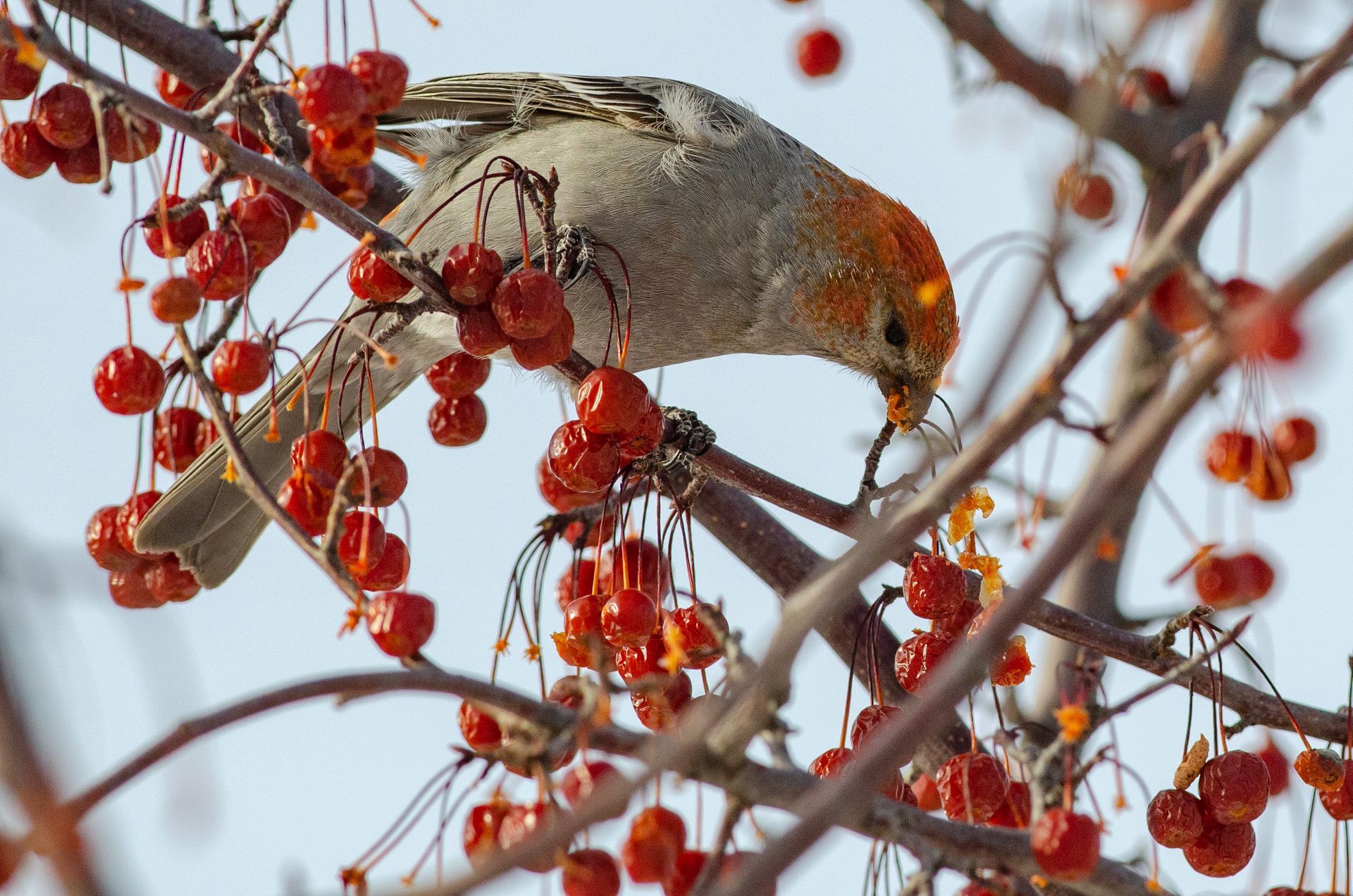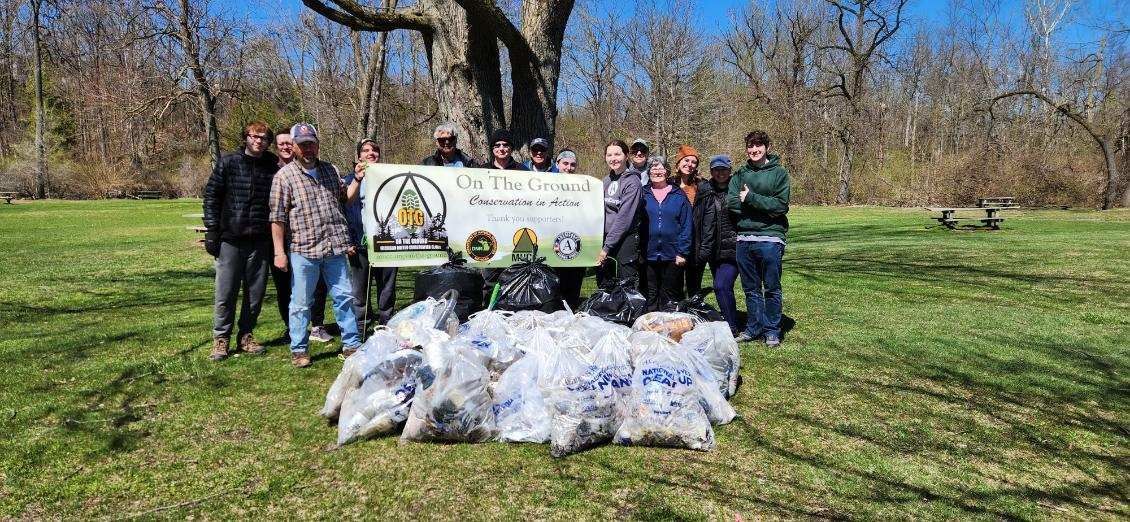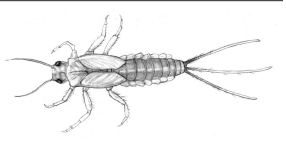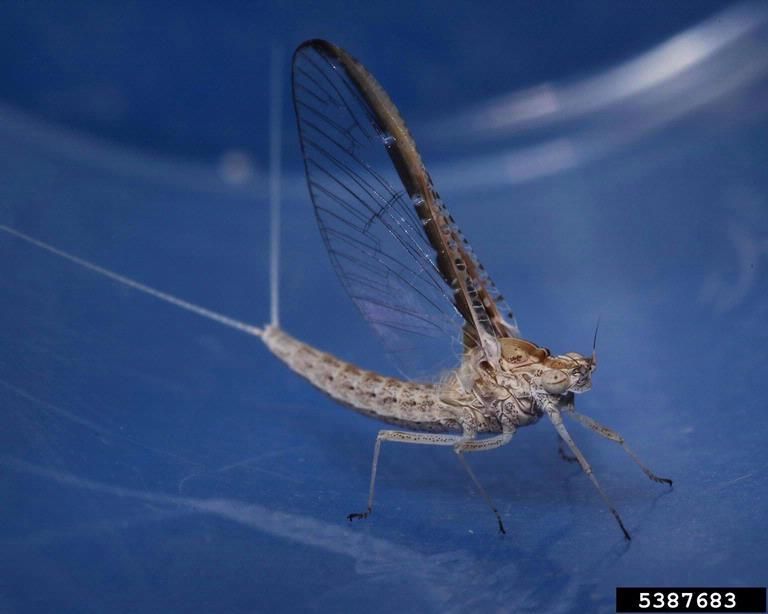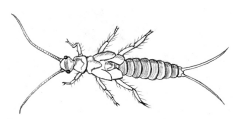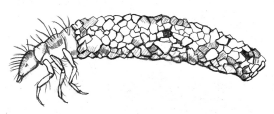Mayflies, Stoneflies, and Caddisflies, Oh My!
Background
With Michigan being dubbed the Great Lake State, maintaining good water quality is crucial for the state's economy and the organisms relying on it. A critical component contributing to the health of water can be viewed on a larger scale based on land use within a watershed. Land use can include urbanization, agriculture, forest, and wetland cover, which can be divided by watershed in EGLE’s interactive map. Scientists consider physical, chemical, and biological assessments to determine water quality. Aquatic macroinvertebrates are a biological indicator surveyed by water resource experts within the Michigan Department of Environment, Great Lakes, and Energy (EGLE) to determine the health of streams and rivers using the EPT Index. These macroinvertebrates range in pollution tolerance levels and include animals without a backbone that are visible without a microscope, like insects, worms, and crustaceans. These evaluations of water quality are compared to a healthy water body that supports a community rich in macroinvertebrates, especially those that are intolerant to pollution. Algae and fish populations are also factors that are evaluated to determine aquatic conditions.
Current Status
Macroinvertebrates spend most of their lives in water with low mobility and varying levels of pollution sensitivity, making them a valuable asset to study regarding water quality. The macroinvertebrates that are most sensitive to water quality are mayflies, stoneflies, and caddisflies, which all hatch in water bodies for the first part of their life. Each of these categories of insect has several different species categorized within them that are categorized as species of special concern to threatened under the Endangered Species Act. The IUCN Red List assesses the status of species globally and has 30 species within these three insect orders listed as of 2025.
Characteristics
Mayfly
Mayflies are often known in their adult forms with long tails and large wings, however, they reside in water during their nymph state, in which they have hooks on their legs to prevent them from being swept away by currents. This insect’s body is long, slender, and typically black, but can range from green to brown. The abdomen is segmented with undeveloped wings resting behind the head. There are two long antennae around half the body length and two to three tails off the end of the abdomen.
Stonefly
The stonefly nymphs are usually bright tan to black, but the individual size can vary by species, although it is generally larger than a mayfly nymph. There are two antennae off the head and two tails off the rear of the abdomen. Unusually, this insect emerges as an adult in winter to early spring, with large numbers only lasting for a short amount of time, according to the Plant and Pest Diagnostics at Michigan State University.
Caddisfly
This group of species is unique in that some build protective coverings with sediment or gravel, which have been collected after use for jewelry, although some caddisfly species do not build cases. The coloration of this species is typically green but can range from yellow to brown. The six legs of a caddisfly are close to the head, and the homemade casing usually covers a soft, long abdomen. Some species have claws at the end of their abdomen to grab objects in the water, like rocks, however, the antennae during the larval phase are small and barely visible.
Conservation
IUCN has organized a specialist group to promote the conservation of these species around the world. These insects each live in good quality habitats in which they are important for nutrient cycling and graze to prevent algae and debris buildup. Not only do these orders of insects play an important role in local water quality, but they are also key for researchers when testing water. In addition to their impact on water quality, these three orders of insects are an important part of the diet of game fish, making anglers, especially fly fishermen, interested in the conservation of these small animals.
Learn More
Each of these insects is further identified by Rocky River Trout Unlimited regarding their relevance to trout fishing. If you are looking to improve a local river system, consider organizing your own trash clean up or join us at one of our annual On the Ground clean-ups in the Clinton River or Manistee River. The most recent, local watershed report summaries can be found on the EGLE site.
Recent Posts
